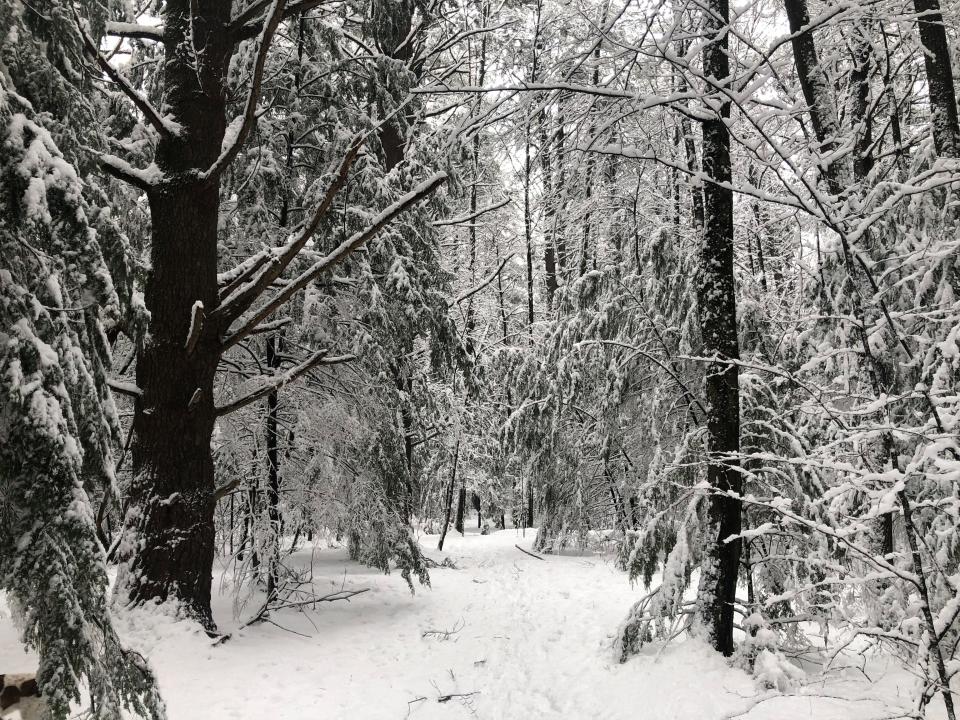Forecast from almanacs for winter 2023-24 in Vermont
With summer already half over, forecasters are turning their sights to what to expect this winter.
The Farmers' Almanac and The Old Farmer's Almanac both have released their winter forecasts for the 2023-2024 season and long-range forecasts can be viewed on the National Oceanic and Atmospheric Administration's Climate Prediction Center website.
The Almanacs' projections for Vermont differ from the climatologists' on temperature and precipitation, but neither predict a shortage of snow.
What the Almanacs have to say
The Farmers' Almanac uses a mathematical and astronomical formula to make long-range weather forecasts which includes tracking sunspot activity, tidal activity of the moon and the position of planets, among other things. They predict that Vermont's coming winter will be colder than normal and that there will be a lot of snow, sleet, ice and rain, especially in January and February.

The Old Farmer's Almanac also sees this winter as snowier and colder than average nationally, but has yet to come out with their region-specific forecasts. Because of recent high solar activity and the condition of equatorial winds, the polar vortex may be weakened, according to the Old Farmer's Almanac. The wind pattern, which usually operates around the poles, dips down through Canada and into the United States if weakened.
How El Niño may affect Vermont's winter
El Niño conditions are also expected to strengthen late this year as winter begins, according to the National Oceanic and Atmospheric Administration's Climate Prediction Center.
El Niño is a weather phenomenon caused by warmer than usual water in the Pacific Ocean off the coast of South America and happens every two to seven years. The main effects felt in the U.S. include warmer than average winters in northern states, wetter than average winters in southern California and the Gulf Coast and drier than average winters in the Pacific Northwest and the Ohio River Valley.
NOAA's Climate Prediction Center long-range forecast for this winter says there's 40-50% chance that Vermont will have higher than average temperatures and equal chances it will receive above or below average snowfall.
Contact Urban Change Reporter Lilly St. Angelo at lstangelo@gannett.com. Follow her on Twitter: @lilly_st_ang.
This article originally appeared on Burlington Free Press: What winter 2023-2024 in Vermont is predicted to be like

